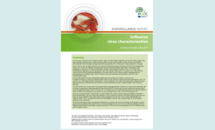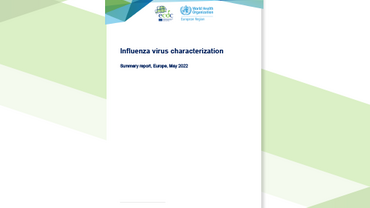Influenza virus characterisation, Summary Europe, June 2017
In the course of the 2016–2017 influenza season, nearly 146 000 influenza detections across the EU/EEA region have been reported. Influenza type A viruses have prevailed over type B with A(H3N2) viruses, greatly outnumbering A(H1N1)pdm09 and B/Yamagata-lineage detections representing 73% of the type B viruses assigned to a lineage.
During the 2016–2017 influenza season, A(H1N1)pdm09 activity has been low compared to the previous season, and the viruses involved remained antigenically indistinguishable by post-infection ferret antisera raised against the A/California/7/2009 vaccine virus.
Studies with post-vaccination and post-infection human sera showed that a significant proportion could distinguish representative viruses of subclades 6B.1 and 6B.2 from the vaccine virus. Moreover, the reports of high levels of infection associated with A(H1N1)pdm09 in many countries, and the great dominance of subclade 6B.1 viruses among the H1N1pdm09 viruses in circulation led to the recommendation made by WHO to include an A/Michigan/45/2015-like virus in vaccines for the 2017 southern hemisphere and 2017–18 northern hemisphere influenza seasons.
Download






